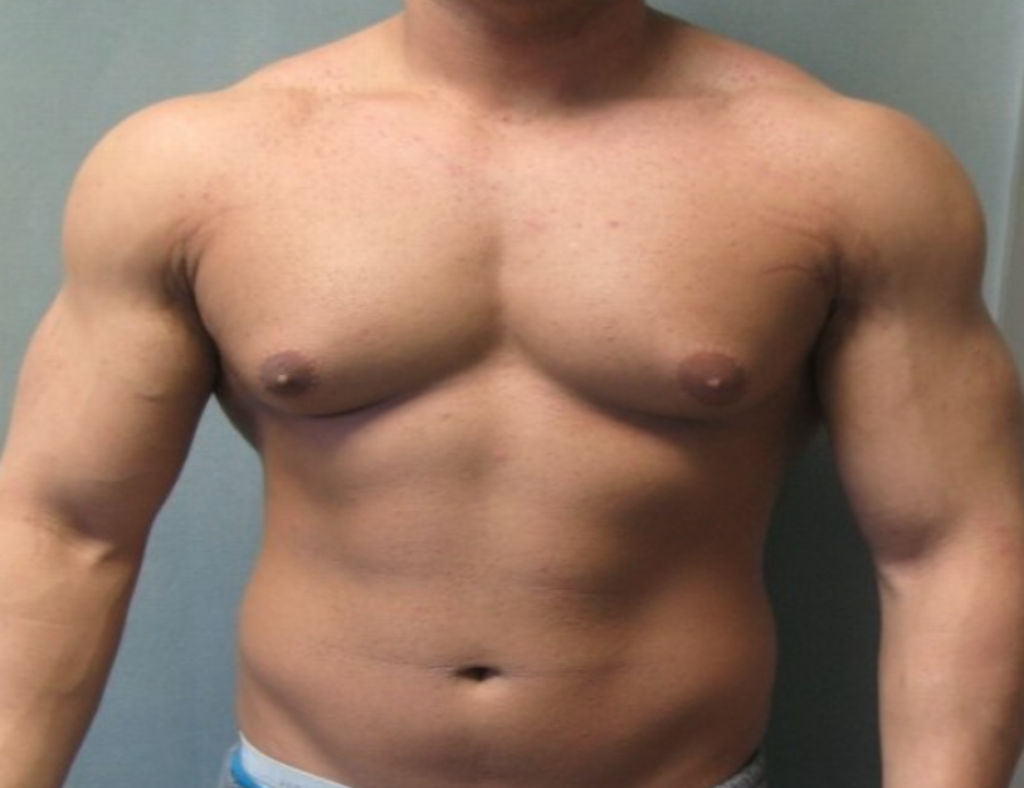We all associate breasts with the female gender, but even men have breast tissue although it is not very pronounced. Sometimes this breast tissue in men gets enlarged and swollen giving the appearance of “Man boobs”. This condition is medically referred to as gynecomastia.
If this condition is causing you extreme levels of embarrassment and even pain in the breast tissues, you should seek medical advice from a doctor who would most probably address the underlying hormonal imbalance or other causes of gynecomastia and treat that condition first and the swelling in the breast tissue should resolve automatically.
If medications are unable to treat your problem, then you can also visit a plastic surgeon New Jersey or anyone near to your location. You can also opt for taking a virtual consultation first with Parakh Plastic Surgery center based in Englewood and clear all your doubts related to breast surgeries, know the risks involved, and make an informed decision before opting in for the surgical treatment of gynecomastia.
What causes gynecomastia?
While the most common cause of enlargement of breast tissues in men is hormonal imbalance between adequate levels of testosterone and estrogen. Estrogen is responsible for growth of breast tissue in females and when this hormone increases in men, it produces the same effect in men.
Estrogen can increase in men due to the following factors:
- Due to natural phenomenon:
- Immediately after birth, even a male child will have swollen breast because of the exposure to estrogen from the mother. This swelling goes away on its own within about 3 weeks of life.
- At the beginning of puberty, all hormones reach their peak level including estrogen. This also goes away in a few months to a couple of years.
- After men hit 50 years of age, decrease in testosterone is also accompanied by an increase in estrogen causing breast enlargement.
- Due to an underlying medical condition: Some of the medical conditions that can trigger gynecomastia in men are:
- Liver and kidney disorders.
- Hyperthyroidism.
- Hypogonadism.
- Tumours of adrenal glands and even testicles.
- Due to obesity, lack of a healthy lifestyle, lack of physical activity, and poor nutrition.
- Due to excessive use of alcohol and smoking and other psychoactive substances such as marijuana, methadone, and amphetamines.
- Due to side effects caused by certain drugs such as:
- Drugs used to treat enlargement of the prostate gland such as Finasteride.
- Anxiety drugs such as Diazepam.
- Drugs like Ketoconazole and Metronidazole used for treating fungal and bacterial infections respectively.
- Use of HCG, the pregnancy hormone.
- Use of anabolic steroids.
- OTC drugs for treatment of acid reflux such as PPI’s.
- Calcium channel blockers, Digoxin, and Aldactone.
Identifying the underlying cause that is responsible for the occurrence of gynecomastia is the first and most important step in treating the same. In most cases treating the cause or removing the risk factors resolves the condition on its own. You could also visit an endocrinologist to get your hormonal imbalance corrected.
Plastic surgery can be undertaken only when the symptoms of gynecomastia is preventing you from living a high quality life.




